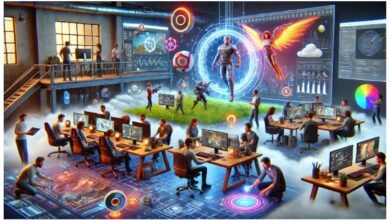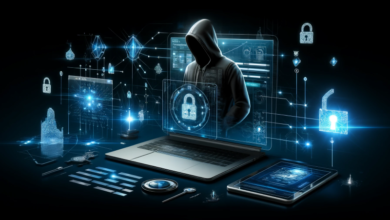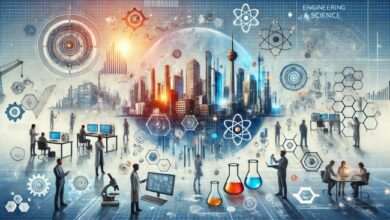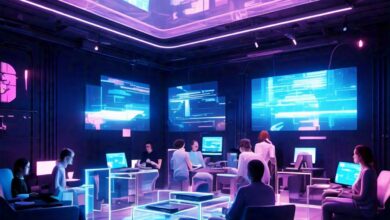How AI is Revolutionizing Creative Processes
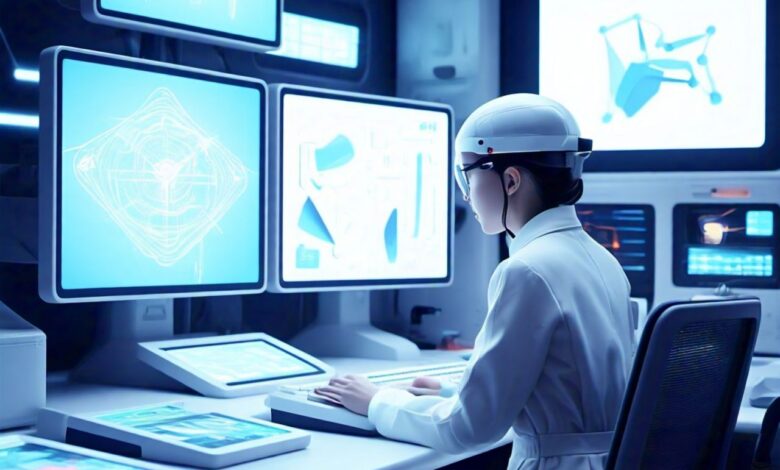
Over the past few years, AI has become a force for transformation across industries, reordering the way we work, create, and bring about innovation. The creative domain is one of those areas where the impact of this element is very well felt. From stunning visuals to helping with content creation, AI is opening up avenues that were earlier reserved for a skilled few. Let’s take a look at how AI is changing the way we approach creativity and what it holds for the future.
The Evolution of Creative Tools
Creativity has always been inextricably linked to the tool at hand. Invention of the camera revolutionized visual arts, while word processors changed the world of writing. Now, with AI, that evolution just got to a completely new level. Using machine learning algorithms, AI-driven creative tools can process reams of data, learn from patterns, and churn out results often indistinguishable from-if not better than-human creativity.
Arguably most exciting in the pipeline is visuals from text. Tools such as AI image generators are going to enable both the artist and marketer to create professional-looking images without high-level design capabilities. Such democratization of creative power has availed possibilities both for individuals and businesses alike.
AI Image Generators: Changing the Game
AI image generators are one of the best examples of how technology is constantly blurring the line between art and science. The user can create stunning visuals by just inputting simple prompts. It then uses knowledge to render realistic or stylized images in seconds using its knowledge base. This capability has applications in marketing, education, entertainment, and beyond.
For example, businesses can now create custom visuals for social media campaigns without necessarily hiring a designer. Educators can generate engaging content to make lessons more interactive. Artists can explore new styles and techniques that were previously unimaginable.
By making the creation of AI image generators from images, users can take their projects to the next level by morphing existing visuals into completely new and unique designs. This feature not only saves time but also encourages innovation in that users can iterate and experiment as much as they want.
Benefits of AI in Creativity
There are manifold advantages of integrating AI into creative processes:
Efficiency: AI tools heavily reduce the creation time for quality content. What would have taken several hours or days is now made possible within a few minutes.
Cost-Effective: Small companies and individuals of meager means can now tap into the creative solutions of the very best without breaking the bank.
Democratization: AI democratizes creativity since anyone with an idea will be able to bring it into existence, regardless of technical expertise.
Imagination Unlimited: Because AI learns and changes all the time, there are simply no limits to its creations, whether hyper-realistic images or surreal artwork.
Challenges and Ethical Considerations
While there are several benefits, there are also challenges that come with the integration of AI in creativity, such as copyright infringement, data privacy, and job loss in creative industries. Not least important is a growing unease over the authenticity of AI-generated content. How do we ensure that art and ideas retain their human essence in a world increasingly dominated by algorithms?
The powers of AI must be leveraged with a balance to retain the human touch in challenges ahead. This will be greatly achieved by ethical guidelines and transparency in use.
The Future of AI in Creativity
And the more this AI technology evolves, the more its role in creative fields is going to increase. We are going to see even more sophisticated tools capable of creating feature-length films, composing symphonies, or designing complex architectural structures. These will rewrite not only how we create but also how we perceive art and innovation.
